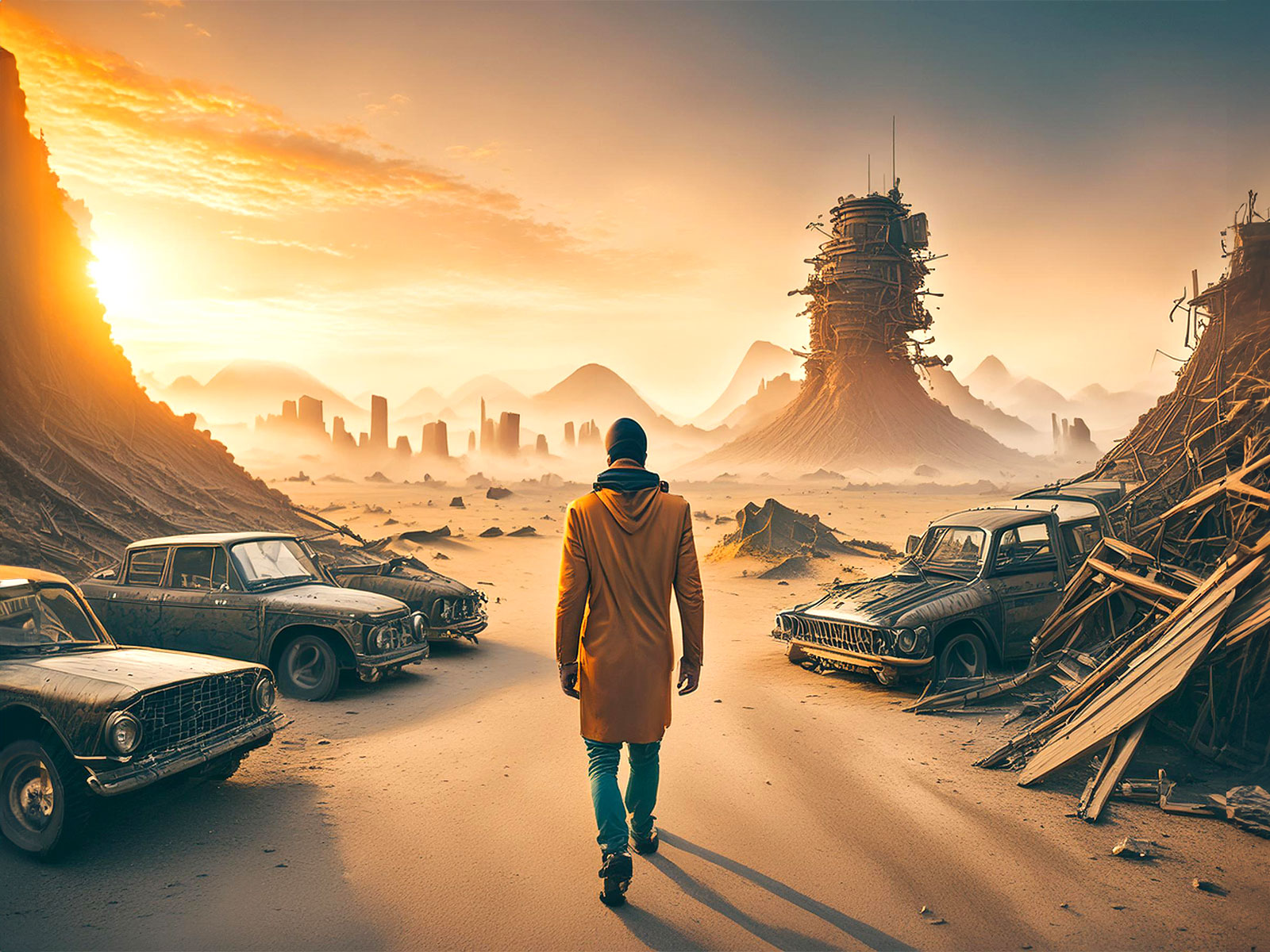In an era where reality often mirrors fiction, the dystopia style has emerged as a powerful narrative framework. This genre, characterized by its bleak visions of the future and societal critiques, continues to captivate audiences across literature, film, and art. From Orwell’s “1984” to contemporary streaming series, dystopia style offers a lens through which we examine our deepest fears and societal challenges.
1. Defining Dystopia Style
The dystopia style represents a creative approach that portrays imagined societies where oppressive control, environmental disasters, or technological dominance create nightmarish realities. Unlike utopian visions, dystopia style intentionally highlights systemic flaws, often serving as cautionary tales. This narrative technique has evolved significantly since its early 20th-century origins, adapting to reflect contemporary anxieties about surveillance, climate change, and artificial intelligence.
2. Key Characteristics of Dystopian Worlds
Dystopian narratives typically feature several hallmark elements: authoritarian governance, loss of individual freedoms, propaganda machines, and stratified societies. The dystopia style frequently employs visual and thematic contrasts – gleaming technological surfaces hiding moral decay, or perfected social systems masking brutal oppression. These stories often position ordinary protagonists against overwhelming systems, creating compelling David-versus-Goliath dynamics.
3. The Cultural Impact of Dystopian Narratives
Beyond entertainment, dystopia style has profoundly influenced political discourse and social movements. Works like “The Handmaid’s Tale” have become cultural touchstones, sparking discussions about gender politics and religious extremism. The genre’s predictive qualities often lead to debates about whether dystopian fiction warns about potential futures or simply reflects existing societal problems through exaggerated metaphors.
4. Modern Adaptations and Innovations
Contemporary creators continue reinventing dystopia style by blending genres and incorporating current technologies. Platforms like https://dystopiastyle.com/ showcase how digital media has become a canvas for dystopian expression. Recent innovations include interactive dystopian experiences, augmented reality narratives, and transmedia storytelling that extends fictional worlds into our daily lives.
5. Why Dystopia Style Resonates Today
In our age of global pandemics, climate crises, and digital surveillance, dystopia style provides a framework for processing collective anxieties. The genre’s popularity stems from its ability to make abstract fears tangible while offering catharsis through fictional resistance. Moreover, dystopian stories often contain seeds of hope – reminders of human resilience that inspire real-world change.
As we navigate an increasingly complex world, dystopia style remains a vital creative tool for examining societal trajectories. Whether through classic novels or cutting-edge digital experiences, these dark visions continue to challenge, warn, and occasionally guide us toward better futures. The enduring appeal of dystopia style lies in its unique ability to transform our deepest fears into compelling art that sparks essential conversations.

